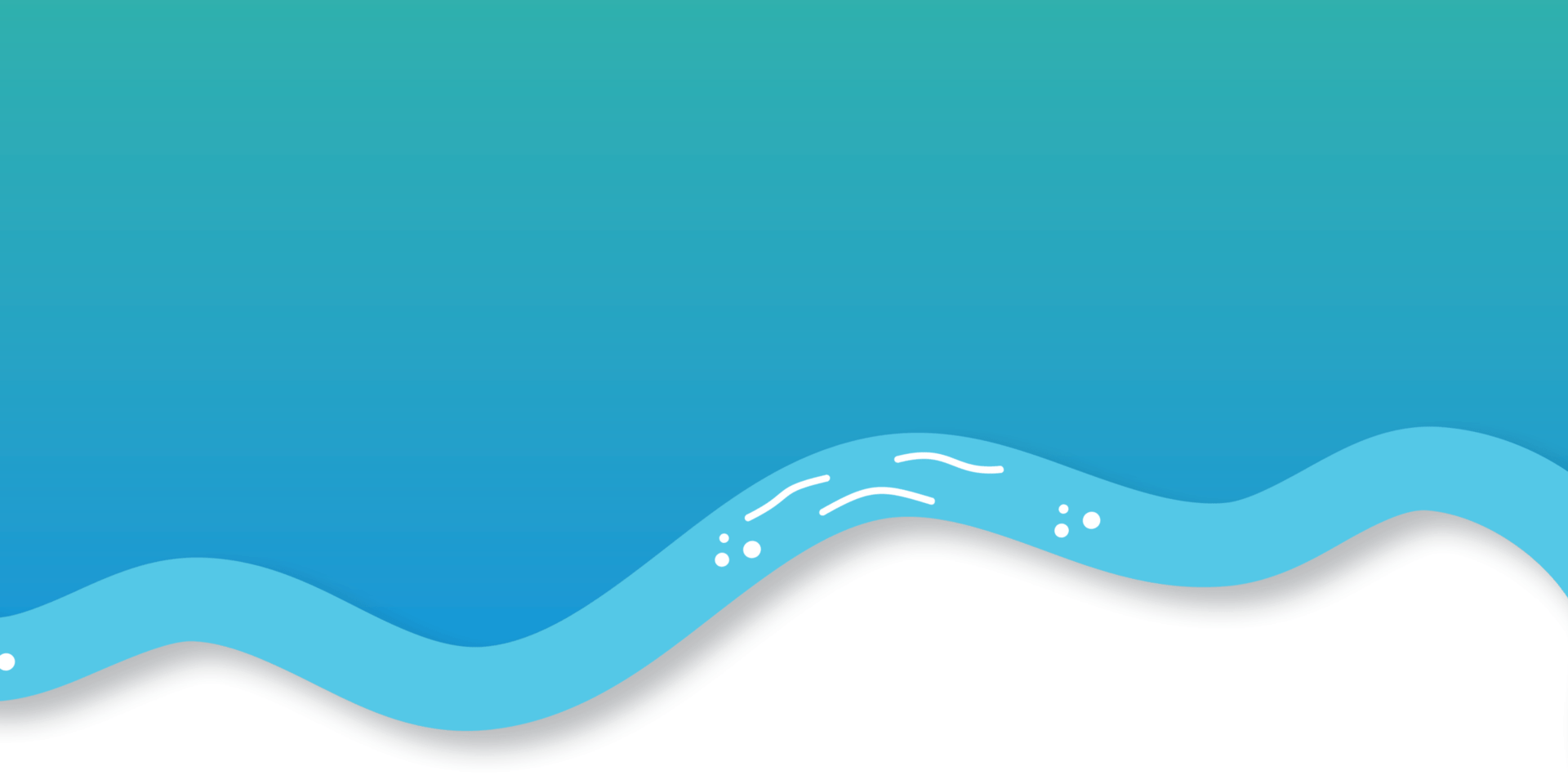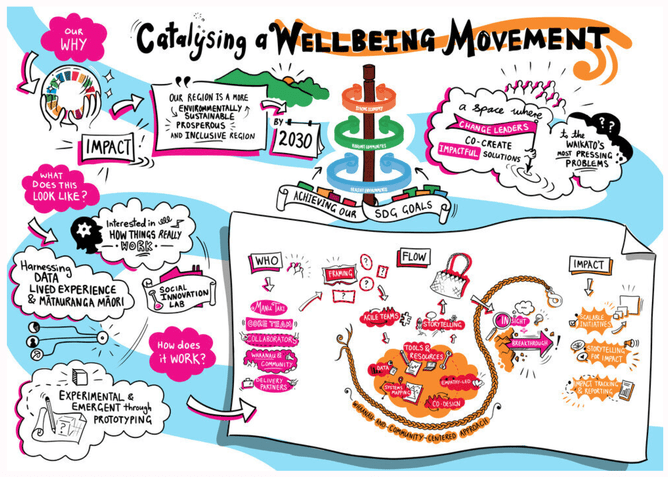Mānawatia te mātahi o te tau! Mānawatia a Matariki!
Matariki is a special occasion in Aotearoa New Zealand as it marks the start of the Māori New Year. Signified by the Matariki cluster of stars reappearing in our night sky, this is a time of celebration and reflection.
In keeping with this time of Matariki, we’re excited to provide an update on our key workstreams, Advisory Board, our operating model and our first major initiative launch - the Waikato Rangatahi Opportunity.
Advisory Board - Kaitiaki
We had a great response to the call for expressions of interest in joining our Kaitiaki Advisory Board. Through June we have held initial interviews with all candidates and expect to be able to announce the inaugural board later this month.
Achieving insight and breakthrough
We’re delighted to have received such positive feedback on our operating model which has been co-designed by our Manu Taki, Pou Tiaki and wider community.
Our operating model diagram illustrates how we will explore and better understand what drives wellbeing in the Waikato region, and where there are opportunities for us to contribute to insight and breakthrough.
The model is a starting point and a broad guide, although there is a large body of knowledge and literature behind it. It’s available for anybody to use and we would encourage all manu taki, people and communities to explore these tools as part of their own wellbeing journey.
Initial Focus Areas
Wellbeing is a broad concept and we’ve have been thinking and talking to people about where we should start exploring how the Waikato can advance towards our SDG goals. We are keen to test and develop this by focusing more deeply on some of our target areas as well as better understanding how wellbeing happens in places and communities.
While there is no perfect model and things will constantly evolve, the diagram below illustrates our current thinking on priorities. Our approach has three dimensions:
1. Looking vertically at key SDG areas which are foundational to wellbeing and exploring these as major pieces of work over the next 1-2 years. The three areas we have initially selected are:
- The Waikato Food Challenge (linked to SDGs 1 and 2)- convened by manu taki Anna Casey- Cox, Ioana Manu and Cilla Abbott
- The Waikato Housing Challenge (linked to SDG 11)- convened by the Waikato Regional Housing Initiative and manu taki Lale Ieremia and Nic Greene
- The Waikato Rangatahi Journey (linked to SDGs 4,8 and 10) - convened by manu taki Mary Jensen, Rachel Karalus and Joe Graham
2. Looking horizontally at cross-cutting opportunities which will require consideration of many SDGs, and which will also yield broad benefits:
- The Waikato Climate Challenge ( linked to SDG 13) - convened by manu taki Jo Wrigley and Hannah Huggan
- The Waikato Restoration Challenge (linked to SDGs 6 and 14) - convened by manu taki Keri Thompson and Bruce Clarkson
- The Waikato Wellness Challenge (linked to SDG 3)- convened by manu taki Andrew Corkill, Greg Morton, Karen Covell and Jeremy May
3. Looking spatially- recognising that wellbeing is closely linked to a sense of place and community. In places where there is energy and invitation, we are keen to explore whether the wellbeing project might support place-based goals. “Place” could be as small as a street or a marae or as large as a suburb or a township.
As we start to explore these challenges and hear more from people, the model will evolve further and our areas of focus are sure to adapt.
We will also work alongside all manu taki to ensure that, where there are opportunities to support progress towards all our targets.
Rangatahi (youth) opportunity
Rangatahi-led project
This is the first project we are applying our operating model to. There has already been a tremendous amount of work done in this space by the Waikato Wellbeing Project and the region’s rangatahi community in 2019 and 2020, so we are excited to maintain that momentum.
Tania Jones, who was instrumental in the establishment of the Waikato Wellbeing Project and has already undertaken considerable work in the rangatahi space is the programme lead/facilitator for this initiative.
The project's vision for rangatahi is:
“All of our young people are engaged, thriving and are learning or earning a livelihood, their mana is enhanced, and they are on a positive pathway to have many life options.”
This is an invitation for young people, whānau, schools, tertiary institutions, local government, innovators and anyone working with young people to join us in creating equitable outcomes for our rangatahi.
Call for rangatahi to join our project team
We’re looking for core team members to join us on our journey, across a 18 week period, to research, learn, define and ideate potential solutions with our community.
As our mahi is for youth, we’re looking for individuals and/or delivery partners, with experience working directly with young people or are youth themselves. Click on a role below to find out more.
· Design Thinking Mentor
· Data Scientist
· Youth Innovators
Harvey Brookes
Kaiwhakatere - Executive Director
Hinonga Toiora o Waikato | Waikato Wellbeing Project



